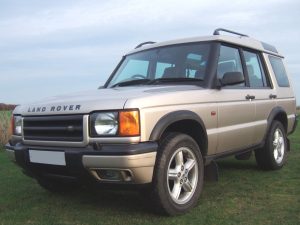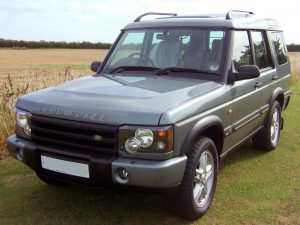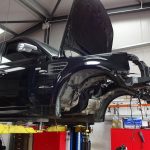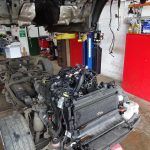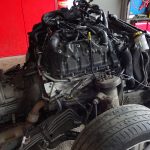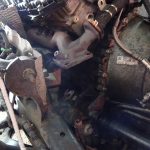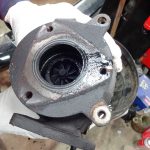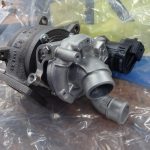May 26
2017 by Richard
Buying Advice – Land Rover Discovery Td5
A potential Land Rover owner recently contacted us with a great question about buying a Discovery Td5. There are a lot of these vehicles around at low prices these days but are they worth it?
I know you guys have been around for a while and everyone I have ever known with a Land Rover swears by you guys. Now I keep hearing that a Discovery 2 Td5 manual among all land rovers are just money pits! I really want to take the plunge and buy one but what advice would you guys give to a new buyer.
As you are thinking of taking the plunge and buying a Land Rover, here are some of our thoughts of what to look for when buying a Land Rover Discovery Td5, based on a great deal of experience with these vehicles since they launched back in 1998.
Discovery Td5 vehicles are getting a bit long in the tooth now and, whilst they are intrinsically a pretty good vehicle, age related issues are starting to rear their heads.
Look out for corrosion, especially at the back-end of the chassis, but also sills, bulkhead and other areas of the inner frame. This can be expensive to repair. We can now supply the rear quarter section of the chassis.
Cylinder head failure is now quite common, and it is very expensive to buy a new head. Repair of a head does not work in our experience. Symptoms are fuel in the oil, noticeable by checking the oil level on the oil dipstick isn’t too HIGH. This will often indicate either cylinder head internal failure, but can also be due to fuel injector sealing washers failing causing fuel to leak into engine, which is a much less expensive repair.
If buying a manual gearbox model, clutch and flywheel wear can lead to expensive bills. Automatic gearboxes can fail, especially if the engine has been re-mapped for more power, as this tends to prematurely wear the auto ‘box.
More general issues with the Discovery Td5 range are;
- Hub(s) leaking – requires new (expensive) hub(s)
- Sunroof leaking – often difficult to diagnose
- Central door locking not working (new latch/es)
- Air suspension air bags/compressor/ride height sensor failures
- Fuel pump and/or fuel pressure regulator failure (left unchecked can lead to starter motor failure due to fuel dripping on to it from above)
- Front swivel ball joint(s) worn
- Engine misfires due to oil ingress in the engine wiring loom/ECU
- ACE (Active Cornering Enhancement) system wear – corroded pipes – very expensive to rectify/remove.
Unlike the earlier 200 Tdi and 300 Tdi models, the Discovery II Td5 model is not quite a ‘DIY’ Land Rover, and some jobs are best done in a specialist workshop with the required diagnostic equipment and expertise.
Buying a vehicle with a comprehensive service history is always advisable, but be prepared for repair bills which are bigger than those for the older, less technically sophisticated Land Rover Discovery vehicles of earlier years. However, just because we’ve listed some fairly major potential failings, it doesn’t mean that all (or any) of these will befall your potential new steed!

